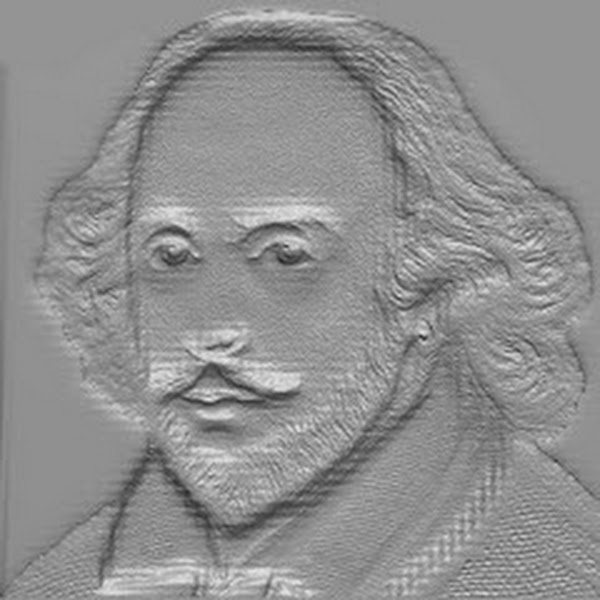In John Keats’ ode “To Autumn,” the poet masterfully personifies autumn, endowing this season with vivid and dynamic qualities. Keats crafts a rich tapestry of imagery that transforms autumn into a living entity, fostering a sense of personification throughout the poem.
John Keats begins by addressing autumn as a close friend, employing personification to characterize the season as an active and involved participant in the natural world. For example, in the opening lines, he describes autumn as a “close-bosom friend of the maturing sun,” establishing a sense of intimacy and companionship between the season and the celestial body.
The personification continues as Keats attributes human-like characteristics to autumn, describing it as a “conspiring” season that collaborates with the sun and the vines. The season is presented as a thoughtful and deliberate force, engaging in a collaborative effort with the sun to produce the bounties of harvest. The use of the term “conspiring” imbues autumn with a sense of purpose and intentionality.
Keats further personifies autumn through sensory experiences. He describes the season as one that “load[s] and bless[es] with fruit” and “spares the next swath.” This language imparts a sense of agency to autumn, suggesting that it actively bestows abundance and selectively spares certain elements of nature. The act of blessing and sparing is typically associated with intentional, sentient beings, emphasizing the personification of autumn.
Throughout the ode, Keats employs vibrant and detailed imagery to evoke the sensory aspects of autumn. The personification serves to animate the season, making it a dynamic and vital force in the natural world. By endowing autumn with human-like qualities, Keats enhances the reader’s connection to the season, inviting them to view it not merely as a time of transition but as a living, breathing entity with agency and purpose.
 CSP
CSP